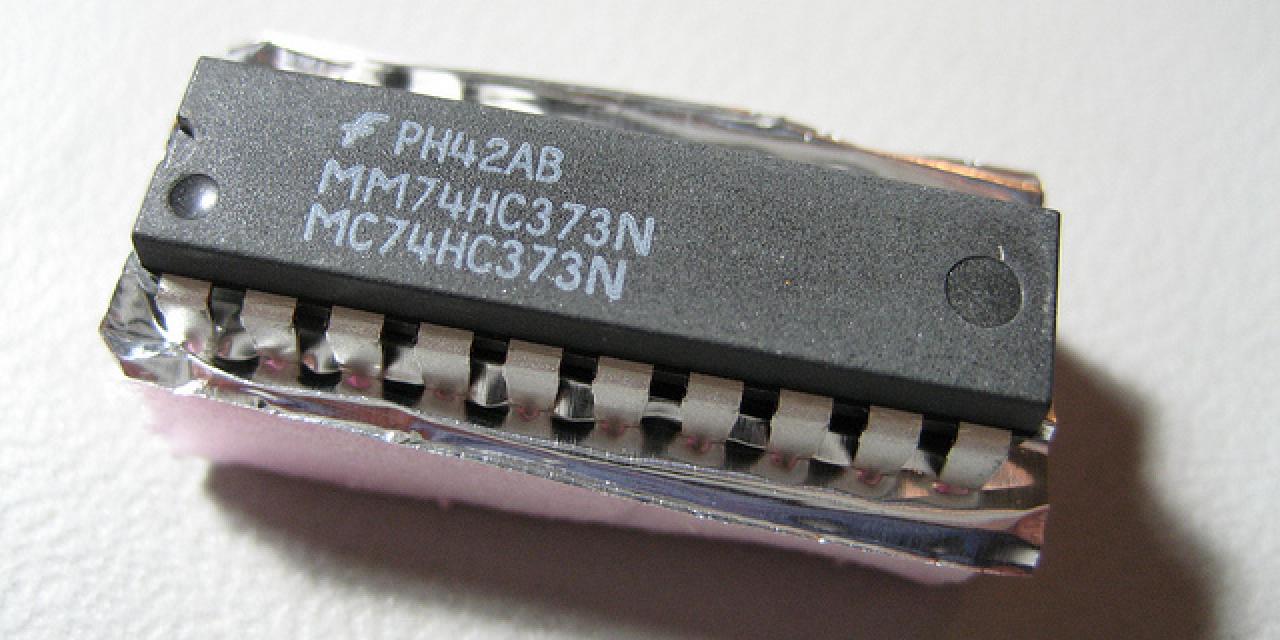
In 2010 the U.S. Navy bought 59,000 microchips for use in a wide range of its military equipment, varying from missile defense systems to gadgets that tell friend from foe. Those chips turned out to be Chinese counterfeits.
Adding insult to injury, in addition to being cheap knockoffs that could malfunction anytime, the chips also contained backdoors that would allow their Chinese maker to disable them at a whim.
The counterfeit chips were discovered by the Intelligence Advanced Research Projects Agency (IARPA), who is working now on plans to prevent such incidents from happening again.
The problem of foreign chips has been rising since 2005 as foreign chip foundries started creating chips that rival - and surpass - those of the U.S.'s and American weapons makers didn't want to limit themselves to American technology only.
IARPA is researching "chip obfuscation" techniques with the aim of designing microchips that cannot be reverse engineered and cannot be understood and analyzed by their foreign manufacturers even though they have its complete blueprints. The idea here is that this makes it impossible for them to modify the design and add backdoors.
IARPA is also researching methods to use X-Ray to analyze and verify foreign-made microchips to make sure they don't contain backdoors, even if the chips' blueprints are not available.








